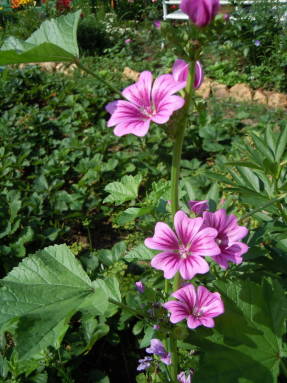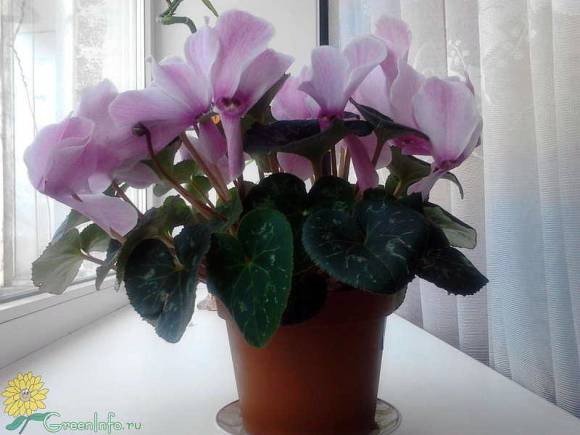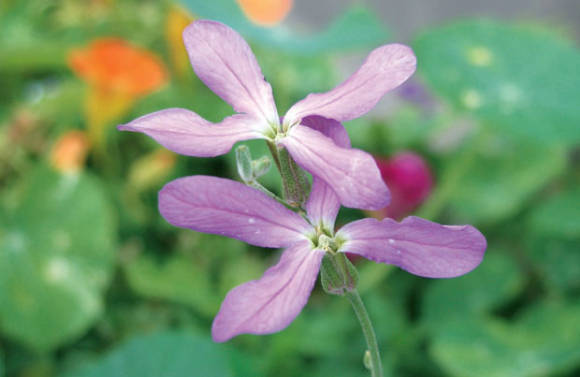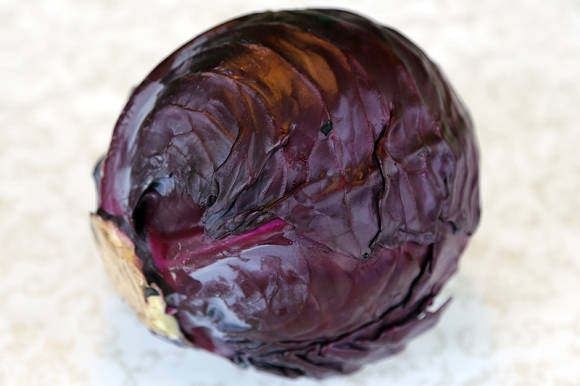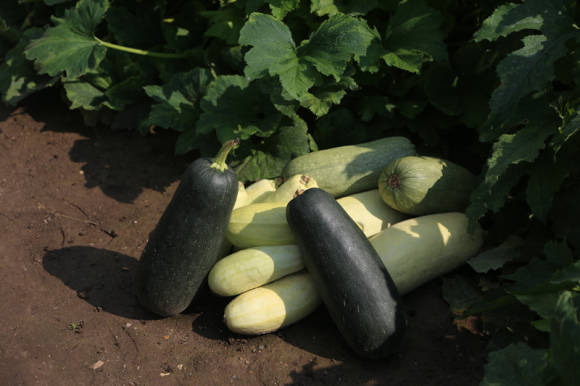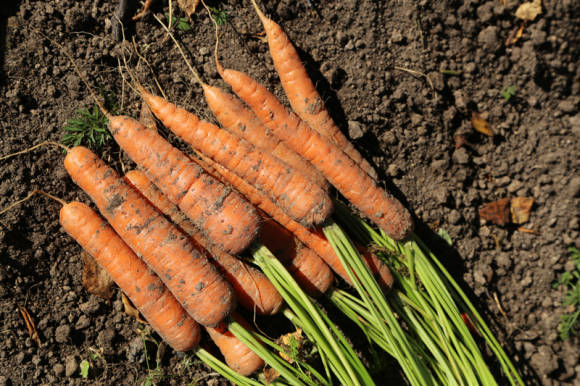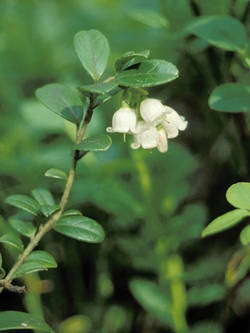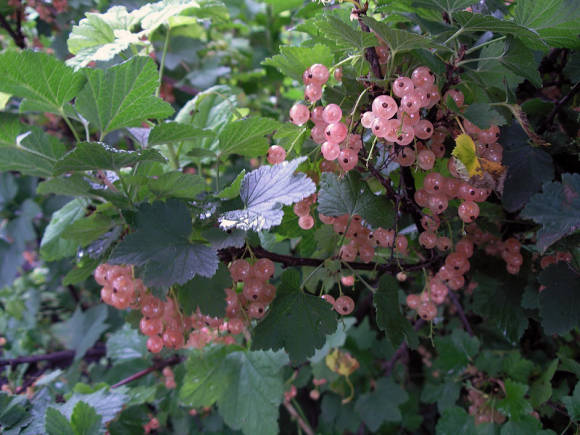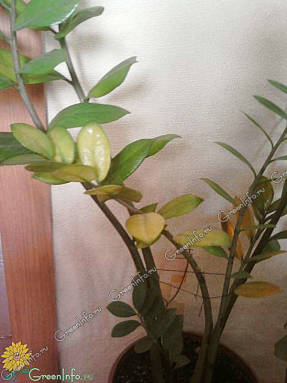
Black currants are very useful for the youngest generation, red currants should be preferred for fathers and mothers, but currants with white berries are more suitable for grandmothers and grandfathers: it more actively prevents diseases associated with increased blood clotting.
White currant is actually the same red, but with berries of a different color - white, yellowish, cream, - like an albino. A very healthy berry. Juices and fruit drinks from it improve the appetite of patients; normalize the work of the intestines, stomach, urinary tract; cause increased excretion of salts in the urine; remove cholesterol. It contains 34-66 mg of vitamin C per 100 g of berries (for comparison: in red currants it is 26-83, and in black - 130-400 mg). But berries of white currant, like red, contain a lot of pectin. It also contains a lot of provitamin A, calcium, iron, phosphorus and other useful substances. It is less acidic than red currant. Her taste is richer, more pleasant, dessert, good thirst quencher. If red currants are grown mainly for harvesting, then white currants are grown for fresh consumption.
Biology
White currant, like red currant, is a perennial shrub that does well in our climate. Winter hardiness. The bushes can live well and bear fruit for over 20 years. They give strong root shoots capable of producing crops for 5–8 years or more. In the first year of life, lateral branches do not form on the shoot, then they appear, but in small quantities, so the bush usually has an elongated shape. There are three types of buds: simple growth buds, simple flowering buds and mixed buds. The upper bud on the shoot is always growing. Fruit buds appear on the branches from the second year of life. The main crop is borne by perennial fruits, concentrated on the boundaries of the growth of different years. The less productive old branches should be cut annually, and the strongest of the many young shoots should be left. It is very simple to distinguish them in early spring: the bark of annual growths is grayish-brownish, and in perennial branches it is red-brown. Usually, the old layer of the bark lags behind and coagulates. This is a natural process, not a disease. If the branches are very old, not cut out in time, lichens sometimes grow on them, and with acidic soil, mosses can turn green at the base of the branches.

In the Leningrad region, white currant begins to grow early. At the beginning of May, buds and brushes of flowers appear, later - leaves. Flowering of all varieties begins at about the same time and lasts 15-17 days. If at this time there are frosts up to minus 1 degrees, then the flowers can withstand them without consequences, but they can suffer from a more significant drop in temperature. In such cases, very few berries are tied to the brush.
White currant varieties are self-fertile, however, if 2-3 varieties are planted for cross-pollination, the yield will be higher.
The root system is powerful. Horizontal roots are located in the soil layer 30-40 cm and go far beyond the crown projection. Vertical roots can go to a depth of more than 1 m, while a significant part of them are located at a depth of 10 cm. This must be taken into account when loosening the earth around the bush.
The soil should be not very acidic (the best pH = 5.5) and always fertile. White currant prefers loamy and clayey soils, but it can grow on lighter soils if humus is added there, which can retain moisture.
Attitude towards light. The culture is light-loving, more demanding for light than red currants.
Relation to moisture. Due to its powerful root system, white currant is relatively drought-resistant, but in a dry area it should not be planted in elevated places (mounds), since as a result growth is weakened, fruiting and winter hardiness are reduced. And white currants cannot stand wet soil at all.
Landing
Boarding time. It is better to plant seedlings in early autumn, at the very beginning of September, so that they have time to take root before winter.It is dangerous to be late with landing, and although in recent years the fall has become protracted, it is better not to risk it. It can also be planted in the spring, before the buds bloom, but in the spring there is little time, and the buds can wake up before the soil ripens.
Landing place you need to choose a sunny one, well protected from the wind, with a groundwater bedding of 1.5-2 m. If the groundwater is at a depth of 0.5-0.6 m, then the currants are planted on mounds. Low places with excessive moisture are not suitable: the bushes are covered with lichens on them, they wither.
Landing... Damaged roots are removed from the seedling before planting. Shoots are pruned, leaving 10-15 cm, ie 5-6 buds. If the seedling is very dry, it is immersed in water for a day or two. They are planted, straightening the roots, 5-6 cm deeper than it grew in the old place. Watering, mulching.
Planting pit. It is prepared at least 2-3 weeks before planting so that the soil in it has time to settle. Recommended pit size: diameter 50 cm, depth 30-40 cm. Add 8-10 kg of manure, 150-200 g of superphosphate, 30-40 g of potassium sulfate or a half-liter can of ash to the soil. Acidic soil must be calcified.
Care

Under the bushes it is necessary to apply fertilizers annually, because white currants require a lot of nutrients to form a crop. Usually, in the early spring, 70-100 g of ammonium nitrate, 100-150 g of superphosphate, 40-50 g of potassium sulfate are introduced - the older the bush, the more fertilizers it needs, and once every three years - organic matter (a bucket of manure per bush). Sometimes in the spring only nitrogen fertilizers are given, and phosphorus and potassium - after fruiting. It is very useful to add ash: the berries become tastier, the bushes are less affected by pests.
Chlorine fertilizers are not recommended to be applied, in extreme cases - before winter.
With a weak development of the bush, you can do top dressing with liquid organic or mineral fertilizer (30-40 g per bucket of water, a bucket per bush). The first such top dressing is done after flowering, the second - after picking berries for the next year's harvest. Top dressing is very important, because if there is not enough nutrition, the plant sheds part of the ovaries and the yield decreases.
The soil around the bushes should be kept loose and the weeds should be weeded out. The yield is especially affected by perennial weeds. The soil must be loosened to a depth of no more than 10 cm so as not to damage the roots located at the surface.
Pruning
In order for the bushes to bear fruit stably for a long time, they need to be cut regularly. Pruning not only regulates the yield, but also improves the illumination of all parts of the bush.
The first 3-4 years after planting, the green mass grows near the bushes. After 5-6 years, you can start pruning.
Usually the most productive branches are 3-5 years old. Almost every year, you have to cut branches that give a small harvest, that is, over 8 years old. Their bark is already almost black, they are often covered with lichens. However, they should not be brought to such a degree of aging. All lateral shoots with a weak annual growth are also removed, since they rarely produce good berries; all diseased, damaged and thickening shoots.
All weak shoots should be cut out of young shoots, leaving 2-3 strongest ones. The branches are cut to the very base, leaving no stumps. As a result, the bush will consist of branches of different ages, from 1 to 6-7 years old, 2-3 branches of each age.
Pruning is carried out in the fall, after harvest, or in the spring. Branches affected by currant glass are also cut out at any time of the year, as soon as this damage is detected.
Care also includes pest control, of which currant glass is the most unpleasant; often the bushes are affected by leafy gall aphids.
White currants are propagated in the same way as red ones, mainly by lignified cuttings.
Harvesting
Ripe white currant berries hang on the bush for a long time, even after slight frost and leaf fall. At the same time, they retain their delicate taste.They make the same wonderful jelly, jelly and wine as from red currant, although they are often consumed raw.
Varieties
The replenishment of the assortment is very slow, so there are few varieties of white currants. The most common variety of Western European origin is Versailles white, medium early ripening. The brush is long, not always filled with berries to the end. The berries are light cream in color, very transparent - the seeds and veins under the skin are visible. The pulp is juicy. The variety is zoned.
Yuterbogskaya is a foreign variety of unknown origin. The bushes are low, spreading, the berries are large, light cream, almost colorless. The variety is very productive, resistant to anthracnose, zoned in the Leningrad region. The berries have excellent taste and do not crumble for a long time.
White Fairy (old name - Diamond) is a fairly productive variety, resistant to diseases. The berries are medium-sized, transparent, very tasty.
